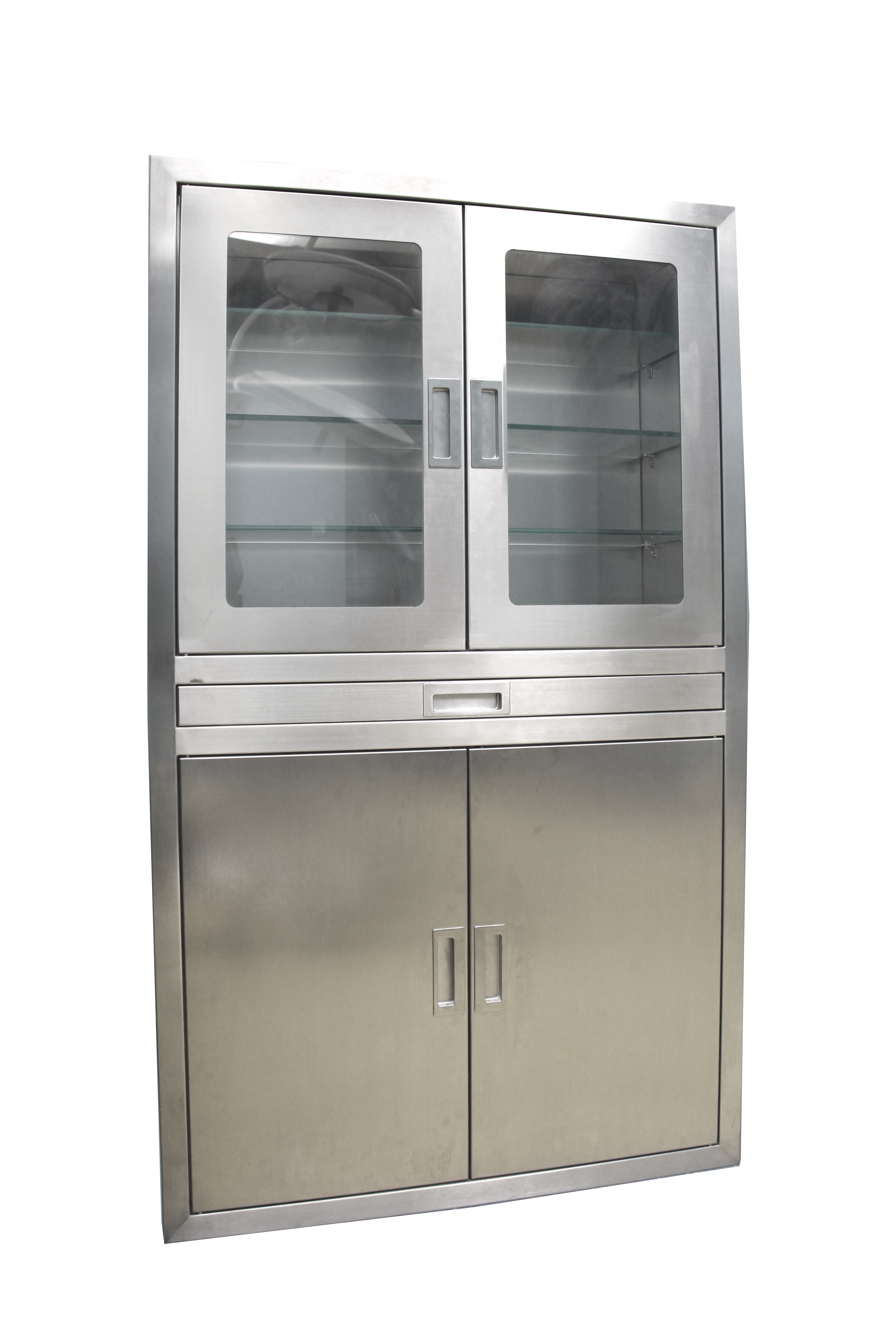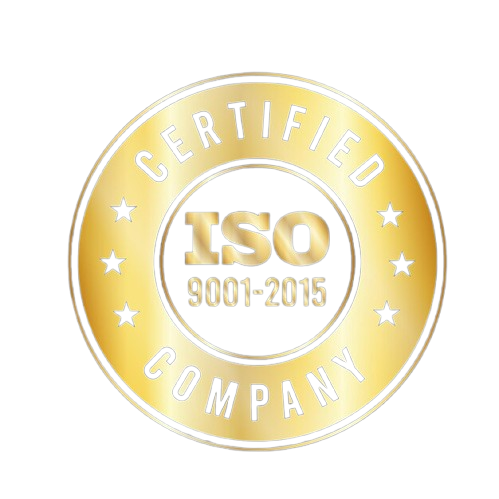Choosing the Right Materials for Cleanroom Durability and Compliance
In cleanroom design, selecting the right materials is crucial not only for ensuring compliance with industry regulations but also for achieving durability. The materials used in cleanroom construction must withstand the demands of controlled environments, where even minor contaminants can jeopardize production. For industries such as pharmaceuticals, electronics, biotechnology, and medical devices, durable cleanroom materials are essential to maintaining strict cleanliness standards, preventing contamination, and ensuring the long-term reliability of the facility.
In this guide, we’ll discuss the factors to consider when choosing materials for durable cleanroom design and explore how selecting high-quality components contributes to cleanroom compliance and performance.
1. Understanding Material Durability in Cleanrooms
Cleanrooms are designed to support ultra-clean processes that limit airborne and surface contaminants. The construction materials need to resist wear and tear from constant cleaning, chemical exposure, and other environmental pressures within a controlled space. The right materials are those that provide:
- Resistance to Chemicals: Cleanrooms undergo frequent chemical cleaning to maintain sterility, which requires materials that can withstand corrosion or degradation.
- Scratch and Impact Resistance: Hard, scratch-resistant materials help ensure that surfaces remain intact and free from imperfections where contaminants can gather.
- Ease of Cleaning: Surfaces should be smooth and easy to disinfect without allowing contaminants to build up in seams, crevices, or pores.
At Wise Link, we prioritize durable materials such as stainless steel and high-grade polymers for components like cleanroom panels, doors, and windows. These materials offer robustness and compliance, supporting a clean and safe environment.
2. Key Cleanroom Components and Material Choices
Different parts of the cleanroom require specific material considerations to maintain both durability and cleanliness. Here’s a closer look at critical components and the materials best suited for each:
Walls and Panels
Walls and panels form the structural backbone of the cleanroom, so it’s important to use materials that are resistant to both physical and chemical stress. Modular sandwich panels, made with materials like polyurethane (PU), polyisocyanurate (PIR), rock wool, or mineral wool, are common choices. These materials offer:
- Thermal Insulation: Essential for controlling the temperature within cleanroom zones.
- Soundproofing: Beneficial in high-tech and research settings where quiet environments are preferred.
- Fire Resistance: Ensures safety and compliance with fire regulations.
Wise Link provides custom modular panels, which are designed for easy installation, resilience, and support for strict cleanroom standards.
Doors and Windows
Doors and windows are frequent points of contact in a cleanroom, making durability a key consideration. Aluminum or stainless steel frames for doors and windows, combined with tempered or laminated glass, provide:
- Longevity and Strength: Metal frames and durable glass reduce the risk of damage from frequent use.
- Scratch and Chemical Resistance: Essential for maintaining visibility and reducing wear over time.
- Sealed Construction: Limits airborne particles from entering, helping to maintain cleanliness levels.
Wise Link’s cleanroom doors and windows use durable materials that meet ISO and GMP standards, ensuring compliance and long-term reliability.
Flooring
Flooring in cleanrooms requires special consideration, as it endures heavy foot traffic and must withstand frequent cleaning. Epoxy or polyurethane coatings are often used for cleanroom floors, providing:
- Seamless Finish: Reduces cracks where contaminants can accumulate.
- Slip Resistance: Ensures safe movement for personnel.
- Chemical Resistance: Necessary for withstanding regular cleaning with disinfectants.
For high-traffic areas, Wise Link recommends durable, easy-to-clean floor coatings that maintain hygiene while supporting prolonged use.
Ceilings and Lighting
Ceilings house essential HVAC and filtration systems and must be constructed from materials that minimize particulate shedding. Materials such as non-porous coated aluminum or stainless steel are commonly used, as they can endure air circulation and prevent microbial growth. Lighting fixtures, like LED panels, should be encased to prevent dust buildup and contamination.
At Wise Link, we integrate cleanroom LED lights that offer high illumination and energy efficiency, promoting both visibility and cleanliness.
3. Compliance with Industry Standards
Compliance is a primary concern in cleanroom construction, with industry standards like ISO 14644 and GMP defining the criteria for particle counts, material finishes, and overall construction quality. Ensuring compliance means selecting materials that not only meet regulatory requirements but also minimize contamination risks.
- ISO Standards: ISO 14644 standards regulate airborne particle levels in cleanrooms, requiring materials that reduce particle generation and withstand cleaning protocols.
- GMP Compliance: For pharmaceutical and medical applications, GMP standards demand that cleanroom materials support stringent hygienic requirements to protect product integrity and prevent contamination.
Wise Link manufactures cleanroom materials and designs according to these standards, helping clients meet industry compliance and maintain the integrity of their controlled environments.
4. Considerations for Sustainable and Durable Cleanroom Materials
With sustainability becoming an industry-wide priority, it’s essential to select materials that support eco-friendly practices without sacrificing durability. Consider using:
- Recyclable Materials: Stainless steel and aluminum are highly recyclable, making them excellent choices for cleanroom infrastructure.
- Low-VOC Materials: Low-VOC (volatile organic compounds) adhesives, paints, and sealants contribute to better indoor air quality, which is crucial in maintaining cleanroom standards.
- Energy-Efficient Lighting: LED lights not only last longer but also consume less energy, aligning with sustainability goals.
At Wise Link, we integrate sustainable options wherever possible, ensuring that cleanroom designs align with both environmental standards and durability expectations.
5. Partner with Wise Link for Durable, Compliant Cleanroom Solutions
Choosing the right materials for your cleanroom is a foundational step in ensuring durability, compliance, and optimal performance. At Wise Link, we are dedicated to providing high-quality cleanroom solutions tailored to meet your industry’s unique requirements. Our modular panels, specialized cleanroom components, and customizable designs make it easy to build cleanrooms that offer the durability you need without compromising compliance.




